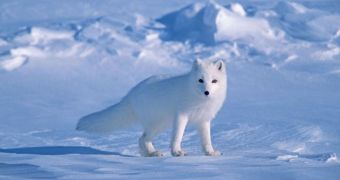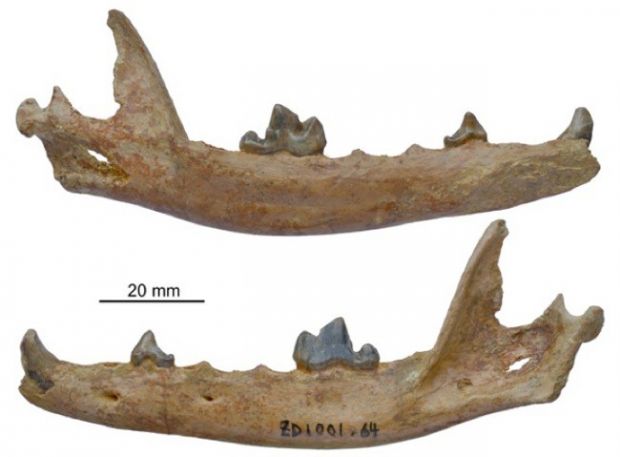Scientists are still desperately trying to make head and tail of Santa Claus' family tree, but at least they seem to have solved the mystery of where Arctic foxes come from.
Thus, a new paper announces the discovery of the 5-million-year-old remains of a fox in the Tibetan Plateau, about 4,730 meters (15,518 feet) above sea level.
As detailed in the journal Proceedings of the National Academy of Sciences, these remains, a photo of which is available below, belong to a previously undocumented species that is now known as Vulpes qiuzhudingi.
Evidence at hand indicates that these fossil remains belong to one of the ancestors of modern Arctic foxes. If this is indeed the case, it means that the Arctic fox originates from Tibet.
According to Nature, this goes against previous assumptions that this species evolved in Europe about 2.6 million years ago, during a time when the region was covered by a thick ice sheet.
“They are the first Arctic-fox-like fossils to be found from outside the Arctic regions, and they predate the oldest records by 3 million to 4 million years,” says specialist Xiaoming Wang.
“The scenario seems to be clear that we have an ancestor of Arctic foxes in high Tibet,” adds the vertebrate paleontologist, who now works with the Natural History Museum of Los Angeles County in California.

 14 DAY TRIAL //
14 DAY TRIAL // 

